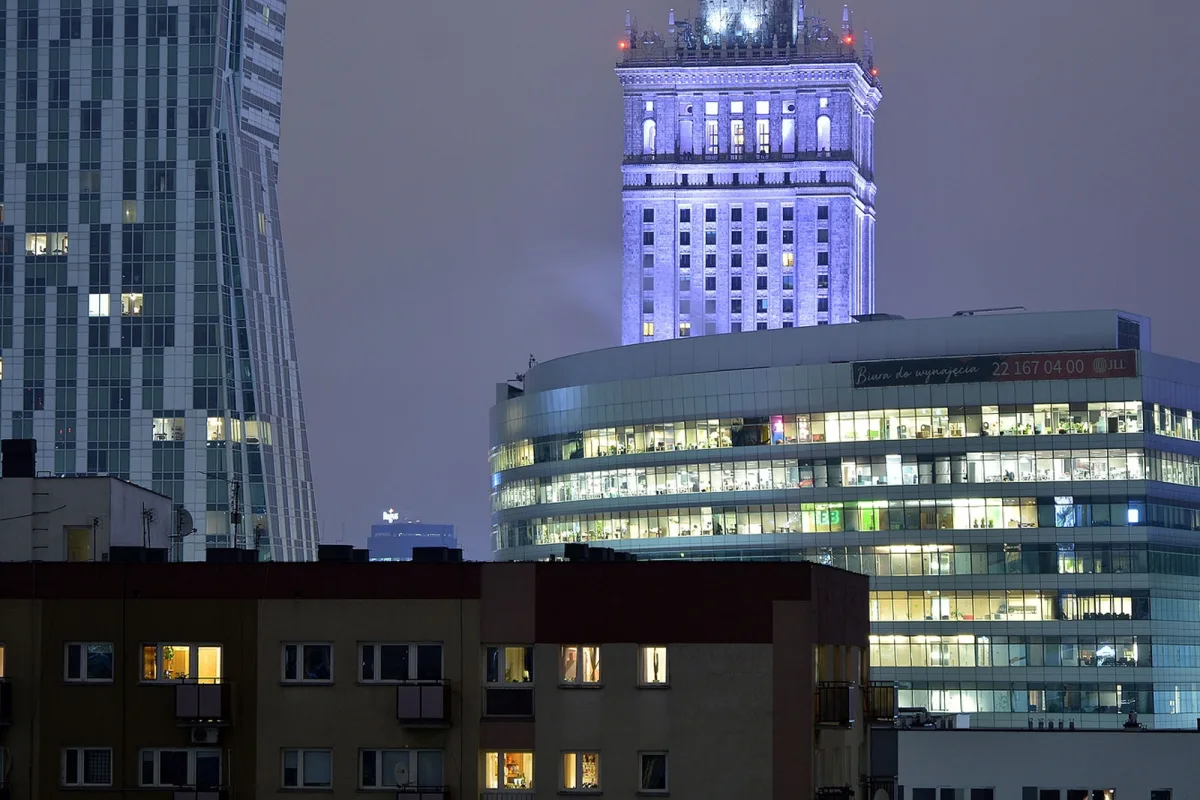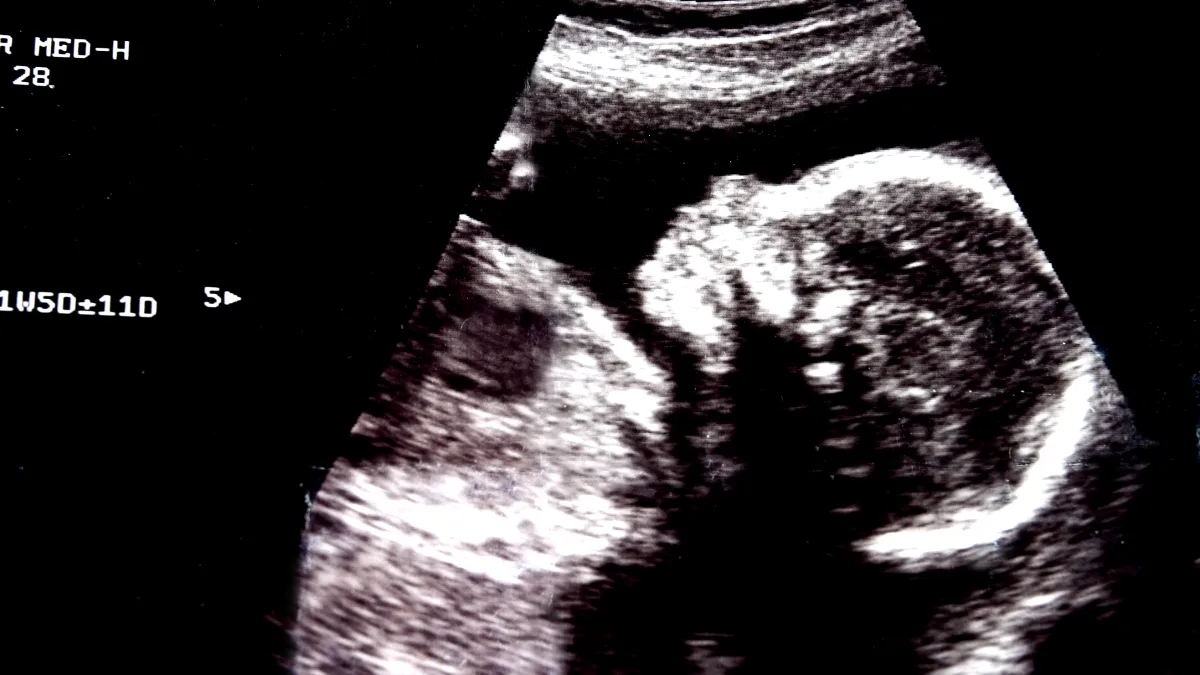Business sentiment across Central and Eastern Europe (CEE) is currently at a low ebb. PwC’s 26th Annual Global CEO Survey, which polled 4,410 CEOs in 105 countries and territories in October and November 2022 and included a sub-sample of 99 CEOs from across CEE, was far from optimistic. Nearly three quarters (74 per cent) of CEOs in CEE believe global economic growth will decline over the next 12 months.
CEE is a huge, diverse region. There is no one-size-fits-all solution to the problems and challenges that its countries and businesses face, from war in Ukraine to high inflation, which has hit record levels in Hungary. Other countries, such as Bulgaria and Moldova, have been wracked by political instability.
And yet as diverse as the region is, Agnieszka Gajewska, PwC’s global government and public services leader, and CEE clients and markets leader, identifies one common denominator: while the short-term outlook of CEOs is “grim”, in the long term it’s a different story.
“Things like inflation, the geopolitical situation brought about by Russia’s invasion of Ukraine, and macroeconomic volatility have led to a lot of concern in the short and mid-term thinking of the region’s CEOs,” she says. “But in the longer term, half of CEOs are confident about growth.”
Gajewska also points out that business leaders are far more confident about challenges that they can directly address themselves.
“As much as our CEOs are pessimistic about the economy as a whole, they are much more optimistic when it comes to their own company’s revenue growth and performance.”
Encouragingly, 45 per cent of business leaders in CEE understand that they need to make fundamental changes or face going out of business within the next decade. This, suggests Gajewska, demonstrates a “maturity” in thinking.
“CEOs have realised that the dynamic changes taking place in the global economy, in supply chains, will require a transformation. They understand that they will need to lead this transformation,” she tells Emerging Europe.
Pushing forward with the Green Deal
Part of Gajewska’s role involves acting as a conduit between the public and private sectors, driving debate and facilitating dialogue. She believes that the public sector deserves some credit for the way it has responded to what has been, as she puts it, “a difficult 12 months”, not least when it comes to energy security and ensuring that the Green Deal, and the transition to cleaner energy, remains high on the agenda.
“This time last year there was a debate around whether or not the war in Ukraine would be the end of the Green Deal,” she says. “There was concern that we were going back to fossil fuels and that we would deprioritise investment in green energy. It didn’t happen.”
Gajewska admits that in some countries, temporary allowances were made for a continuous use of coal or nuclear power. “But generally, I think Fit for 55 — which aims to reduce net emissions by at least 55 per cent (compared to 1990) by 2030 — is still there.”
Indeed, it can be argued that Russia’s war on Ukraine has focused minds. “Decision makers saw that energy can be weaponised. This was a wakeup call for those who perhaps didn’t previously believe in the Green Deal.”
“We need to not only think about installing more green energy capacity, but also sourcing these green energy technologies closer to home to make sure that we are more independent as a continent,” adds Gajewska.
That is why on March 16, the European Commission unveiled the Net-Zero Industry Act to scale up manufacturing of clean technologies in the EU and make sure the Union is well-equipped for the clean-energy transition.
The act’s objectives are to strengthen the resilience and competitiveness of net-zero technologies manufactured in the EU and make its energy system more secure and sustainable. It will create better conditions to set up net-zero projects in Europe and attract investments, with the aim that the Union’s overall strategic net-zero technologies manufacturing capacity approaches or reaches at least 40 per cent of the Union’s deployment needs by 2030.
This could present enormous opportunities for EU firms active in developing green technologies, says Gajewska. “Right now, if you look at solar power for example, China’s share in global supply chains for solar panel manufacturing exceeds 80 per cent, according to the International Energy Agency, and for some key materials is even set to rise to more than 95 per cent in the coming years. I see significant potential for CEE here.”
Talent and the digital divide
PwC has carried out research which suggests that 50 per cent of energy that will be generated by 2050 will come from technologies that either do not today exist, or which are merely at a very early stage of development. This makes it difficult to predict where the best opportunities will be, but as Gajewska points out, there will be “huge” opportunities in the market.
“Investing in these [new] technologies is clearly a very different value proposition that requires a very different appetite for risk. But I think that over the next couple of decades there is going to be a whole portfolio of different technologies that will be looking for financing,” she says.
Underpinning many of these opportunities is the wealth of talent that the CEE region can boast. “We have an unrivaled pool of digital talent in our region,” says Gajewska, which, allied with the geopolitical situation and the increased need to bring supply chains closer to home, offers the region “an opportunity to play a much more prominent role in the future.”
“We have 1.8 million tech specialists in the region, very strong performance in STEM, and this provides a good basis on which we can build.”
Acknowledging that the region is nevertheless in a “battle for talent”, Gajewska believes that the public and private sectors must continue working together to ensure a steady stream of talent, and that the right job opportunities are created for that talent.
She also feels passionately that governments must do all they can to ensure that everyone benefits from the opportunities presented by the dynamic changes taking place across society.
“We cannot leave whole groups of citizens behind. This will require wise partnerships between governments and business, and it needs to be high on their agendas.”







